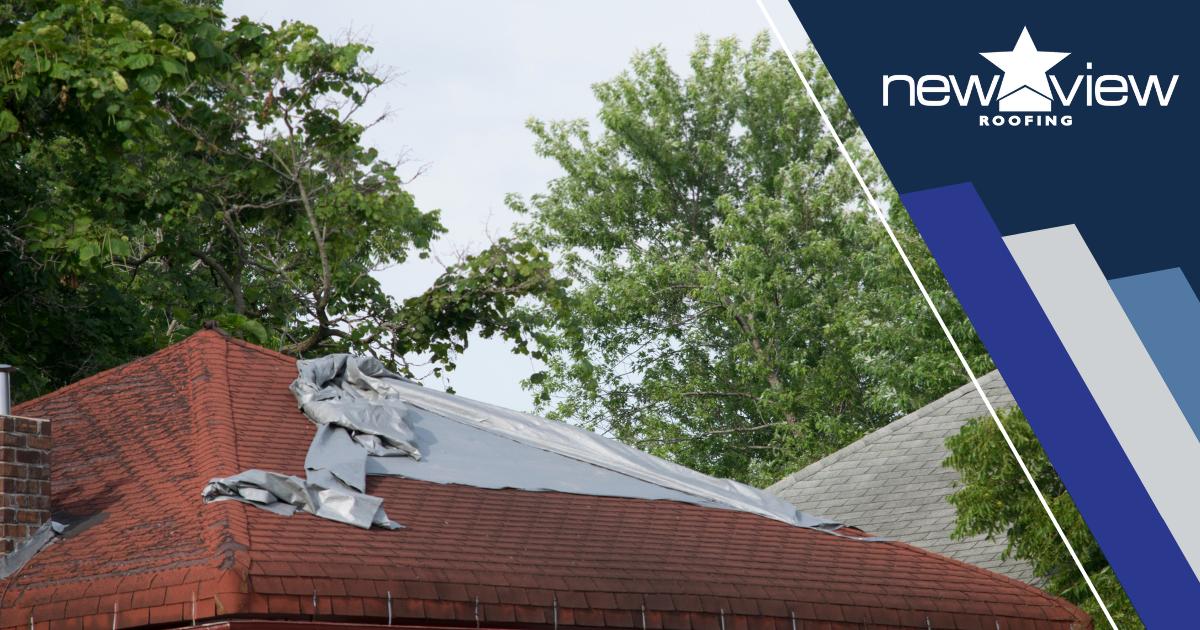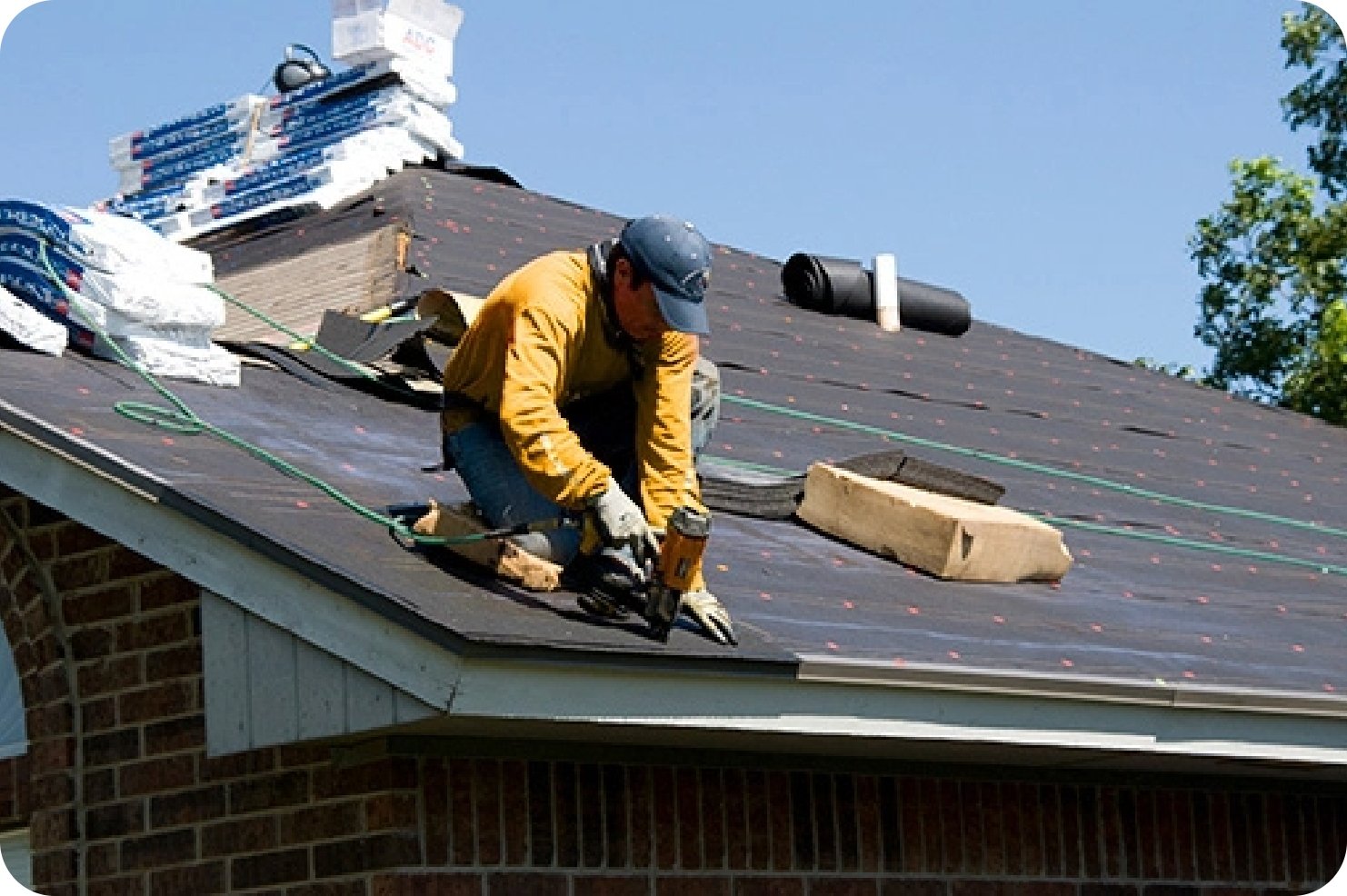Oahu Roofing: Trustworthy Roofing Solutions for Homes and Services
Oahu Roofing: Trustworthy Roofing Solutions for Homes and Services
Blog Article
Comprehending the Different Types of Roofings: A Comprehensive Overview for Homeowners
In the world of homeownership, choosing the appropriate roofing design is a decision that lugs considerable ramifications for both performance and aesthetic allure. With a variety of options-- ranging from the conventional gable to the modern level-- each kind offers one-of-a-kind benefits and challenges that ought to line up with the property owner's environmental considerations and specific demands. Comprehending these differences not only aids in making an educated choice however additionally affects long-term maintenance and energy performance. As we explore the details of different roof covering types, it comes to be evident that one size does not fit all; the ideal choice may stun you.
Saddleback Roof
Gable roof coverings, defined by their triangular shape, are amongst the most prominent roof covering styles because of their simplicity and effectiveness in losing water and snow. This layout includes two sloping sides that fulfill at a ridge, permitting efficient drain and decreasing the threat of water accumulation. The steep pitch frequently related to gable roofs enhances their ability to take care of heavy rainfall, making them suitable for different environments.
In enhancement to their sensible advantages, gable roofs use visual versatility. They can be adjusted to numerous building designs, from traditional to modern-day homes. The layout can also accommodate added functions such as dormer windows, which improve natural light and ventilation in the attic area.
In addition, saddleback roofs offer ample space for insulation, adding to energy effectiveness. House owners can select from a selection of roof covering materials, consisting of asphalt roof shingles, metal, and ceramic tiles, additionally improving modification options.
Despite their benefits, gable roofs may need extra support in locations vulnerable to high winds or heavy snowfall. In general, the gable roofing system stays a preferred choice as a result of its mix of performance, durability, and visual charm.
Flat Roofs
Level roof coverings are typically recognized for their minimalist design and practical applications, specifically in industrial and business setups (oahu roofing). These roof coverings include a virtually horizontal or straight surface, which permits very easy building and construction and functional room usage. While they might lack the aesthetic charm of pitched roofs, level roofs offer countless benefits, specifically in urban atmospheres where making best use of space is important
Among the main benefits of level roofings is their access. Homeowners can utilize the roof space for different purposes, such as rooftop gardens, terraces, or solar panel installments. Furthermore, level roofing systems are usually more economical to maintain and set up compared to their sloped equivalents, as they require less products and labor.
Nevertheless, flat roofings do existing certain obstacles. Appropriate drain is essential to stop water merging, which can cause leaks and structural damage. Hence, selecting high-quality waterproofing materials and regular evaluations are vital for guaranteeing longevity. Common products used for flat roofs include built-up roofing (BUR), modified bitumen, and single-ply membrane layers, each offering distinctive benefits. On the whole, flat roofing systems function as a functional and versatile option for lots of house owners and companies alike.
Hip Roof Coverings
Hip roofing systems are defined by their sloped sides that assemble at the top, creating a ridge. This design is distinctive from gable roofing systems, as all four sides of a hip roof slope downwards towards the walls, giving an extra secure structure. The angle of the inclines can vary, enabling versatility in building looks and performance.
One of the main benefits of hip roofs is their ability to hold up against hefty winds and adverse weather. The sloped surface areas make it possible for much better water drainage, decreasing the threat of leakages and water damages. Additionally, hip roof coverings offer enhanced attic area, which can be made use of for storage or perhaps transformed into comfortable locations.
However, building a hip roofing system can be a lot more intricate and expensive than less complex roof covering kinds, such as saddleback roofs. The additional product and labor associated with developing the inclines and making certain proper structural integrity can cause higher expenses. In spite of navigate here these downsides, numerous property owners prefer hip roof coverings for their durability, visual appeal, and possibility for power performance.
Mansard Roof Coverings
Mansard roofs, usually identified by their special four-sided design, function two slopes on each side, with the reduced incline being steeper than the top. This architectural style, stemming from France in the 17th century, is not only cosmetically enticing yet useful, as it maximizes the functional space in the top floorings of a building. The steep reduced incline enables more clearance, making it a perfect choice for attic rooms or loft spaces, which can be exchanged living spaces.
Mansard roofing systems are identified by their versatility, suiting various architectural styles, from traditional to modern-day. They can be constructed with different materials, including asphalt roof shingles, slate, or steel, supplying house owners with a series of alternatives to fit their budgets and preferences. In addition, the style enables the combination of dormer windows, enhancing natural light and air flow in the upper degrees.
However, it is essential to think about the prospective downsides. Mansard roofing systems might require more upkeep because of the complexity of their layout, and their steep inclines can be testing for snow and rainfall drainage. Generally, mansard roof coverings combine style with usefulness, making them a preferred option among home owners seeking distinct building attributes.
Shed Roof Coverings
As property owners progressively look for simpleness and functionality in their building styles, lost roofings have actually arised as a prominent choice. Defined by a single sloping aircraft, a shed roofing system provides a minimalist aesthetic that complements numerous home styles, from contemporary to rustic.
One of the key benefits of a shed roof covering is its straightforward building and construction, which usually translates to lower labor and material costs. This layout permits reliable water drain, lowering the danger of leakages and water damage. In addition, the upright incline provides sufficient area for skylights, improving natural light within the interior.
Dropped roofing systems additionally provide versatility in terms of usage. They can be successfully integrated into enhancements, garages, or outside structures like structures and sheds. Moreover, go this roof covering design can accommodate various roof covering products, including steel, asphalt tiles, and even eco-friendly roofings, lining up with environmentally friendly efforts.
However, it is necessary to take into consideration local climate problems, as hefty snow tons might demand modifications to the roofing system's angle or structure. In general, lost roof coverings offer a functional and cosmetically pleasing option for home owners wanting to make the most of performance without endangering style.
Conclusion


Gable roofs, defined by their triangular shape, are among the most preferred roof styles due to their simpleness and effectiveness in losing water and snow. oahu roofing. The high pitch typically associated with gable roof coverings boosts their capability to take care of heavy precipitation, making them suitable for different climates
While they may do not have the aesthetic appeal of pitched roofings, level roofs use numerous benefits, specifically in metropolitan settings where taking full advantage of area is crucial.

Report this page